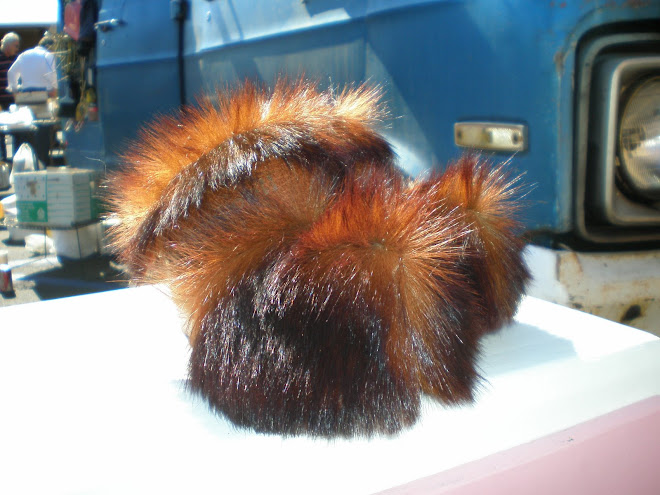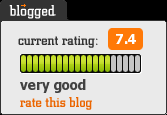Maliszewski's Hoaxers, Con Artists, Counterfeiters, and Other Great Pretenders is a deft little page turner; at times, it reads like a manual on literary graft, at other times a treatise on aesthetics. There are interviews with integral fakers like Sandow Birk, a contemporary satirist who uses a paint brush, and Joey Skaggs, a performance artists with a penchant for writing press releases that titty-twists the media's nipple. In some ways it defies categorization: the first chapter is a mea culpa written by the author, that tries to come to grips with the ethical crimes attributed to his sword-pen as a correspondent for a business journal in Syracuse.
Maliszewski's very at ease in chapters like Paper Moon which details the series of extracts that the New York Sun published about what "John Herschel, a British astronomer working at the Cape of Good Hope in South Africa," managed to see through his new and powerful telescope. Maliszewski writes that "The publication of this newspaper series even today is remembered as one of the country's most elaborate hoaxes."
The hoax was perpetrated by Richard Adams Locke and "With the publication of the fourth, most sensational installment on August 28, the Sun became the largest circulation periodical in the world. Regular subscribers in New York City numbered 15, 440" Maliszewski's contention is that New Yorkers of the day were pretty media savy, "The more than 270,000 people that lived in New York in 1835 enjoyed extreme media diversity," and that they believed Locke's "satirical" piece because they wanted to believe and because Locke's writing was powerful.
Of course, there is a chapter on James Frey, the memoirist who penned A Million Little Pieces and was later spanked by Oprah because Frey took liberty with his recounting; there is also one Stephen Glass, the engenue at the New Republic and made famous by the movie, Shattered Glass. Again and again, though, Maliszewski returns to his premise, which has him justifying the white lies that these writers and writers in general take when they create the fiction of the stories that they enrapture us with. Maliszewski believes that "Fabricated journalism can tell us plenty about journalism as it's practiced today--if, that is, anyone cares to consider it as something more than aberrant"
Let me retract a sentiment that I have inserted haphazardly. Maliszewski is not justifying lying in journalism, but he is interested in how "fabricated journalism also raises questions about how the profession prizes, and gives prizes to, stories that feature great characters and dramatic leads, literary qualities which may not be, strictly speaking, incompatible with reporting the truth, but which may...encourage some reporters to shade that truth a bit here and there" Maybe Maliszewski is saying that there is much truth that is created when a story gets told because the craft of the novelist and the journalist are working in tandem. Maybe Maliszewski is harkening to Marquez who said in a famous interview that "In journalism just one fact that is false prejudices the entire work. In contrast, in fiction one single fact that is true gives legitimacy to the entire work."
Spicaresque:
A Spanglish blog dedicated to the works, ruminations, and mongrel pyrotechnics of Yago S. Cura, an Argentine-American poet, translator, publisher & futbol cretin. Yago publishes Hinchas de Poesia, an online literary journal, & is the sole proprietor of Hinchas Press.
Subscribe to:
Post Comments (Atom)

.png)

No comments:
Post a Comment